Introduction to Darlington Transistor
A Darlington transistor or simply Darlington pair is mainly used to offer a very high current gain even with low base current. Darlington configuration was invented by Sidney Darlington in the year of 1953. In today’s market, wide variety of Darlington transistors are available that are varied by polarity, collector current, power dissipation, package type, maximum CE voltage and so on.
These transistors are found in different types of applications such as power regulators, motor controllers, audio amplifiers, etc. Many opto-isolator circuits are made with Darlington transistors to have high current capacity at the output stage. Let us look in brief about this transistor with applications. BACK TO TOP
Why We Use Darlington Transistor?
As we know that to drive the transistor into the conduction mode a small base current is required, when the base is connected as input, emitter as common and collector as the output. But, when we consider the load at the collector terminal, this small base current may not enough to drive the transistor into conduction. The current gain or beta of a transistor is the ratio of collector current to base current. Transistor gain or Current gain (β) = load or collector current/ input or base current Load current = Current gain (β) × base current For a normal transistor β value is 100. The above relation tells that the current available to drive the load is 100 times that of the input current of the transistor. Consider the below figure where NPN transistor is used to switch the lamp with variable resistor connected between the source and the base terminal. Here, in this circuit the base current is the only factor that decides the current flow through the collector and emitter so that the light will glow from dim to very bright by varying the resistance of the variable resistor. If the resistance value of the variable resistor is more, the base current is reduced so the transistor becomes OFF. When the resistance is too small, sufficient amount of current will flow through the base which results a very large current flow through the lamp so the lamp becomes brighter. This is the current amplification in the transistor. In the above example, we have seen driving of a load (Lamp) using single transistor. But in some applications, the input base current from source may not sufficient to drive the load. We know that the load current in the transistor is the product of input current and gain of the transistor.
Since the increasing of base current is not possible due to the supply source, the only way to increase the load current capability is to increase the gain of the transistor. But it is also fixed for each transistor. However we can increase the gain by the using combination of two transistors. This configuration is called as Darlington transistor configuration. BACK TO TOP
Darlington Transistor or Darlington Pair
A Darlington transistor is a back to back connection of two transistors that comes as a complete package with three leads base, emitter and collector as equivalent to the single transistor. The pair of bipolar transistors provides a very high current gain as compared with single standard transistor as mentioned above. A pair of these transistors can be PNP or NPN depends on the application used. The below figure shows the Darlington pair configuration with NPN as well as PNP transistors. Consider the NPN configuration of Darlington transistor. In this a very small base current causes a large emitter current to flow which is then applied to the base of the next transistor. Amplified current in the first transistor is again amplified by the current gain of the second transistor. Therefore, the emitter current of the second transistor is very large which is high enough to drive high loads. Suppose if the current gain of the first transistor is β1 and the current gain of next transistor is β2, then the overall current gain of transistors will be the product of β1 and β2. For a standard transistor β is 100. So the overall current gain is 10000. This value is very high as compared with a single transistor so this high current gain gives a high load current. Generally, to turn ON the transistor, the base input voltage must be greater than 0.7V. Since the two transistors are used in this configuration therefore the base voltage must be greater than 1.4V. From the figure, Current gain of the first transistor β1= IC1/IB1, therefore IC1 = β1 IB1 Similarly, the current gain of next transistor, β2= IC2/IB2, then IC2 = β2 IB2 Total current at the collector is IC= IC1+IC2 IC = β1 IB1 + β2 IB2 But the base current of the second transistor, IB2 = IB + IC1 IB2 = β1 IB + IB IB2 = IB (1 + β1) Substituting in the above equation, IC = β1 IB + β2IB (1 + β1) IC = IB (β1 + β2 + β1 β2) In the above relation individual gains are neglected and the total equation is approximated as IC= IB (β1 β2) That is the total gain, β = (β1 β2) And also VBE = VBE1 + VBE2. BACK TO TOP
Example of Darlington Transistor Circuit
Consider the following circuit where Darlington pair is used to switch the load that is rated at 12V and 80W. The current gains of first and second transistors are given as 50 and 60 respectively. So, the base current required to make the lamp fully ON is calculated as follows. The collector current is equal to the load current, IC = 80/12 = 6.67 A Darlington transistor output current is given as Ic = IB (β1 + β2 + β1 β2), IB= IC / (β1 + β2 + β1 β2) Current gains, β1 = 50 and β2 = 60 So, IB= 6.67 / (50 + 60 + (60 × 50)) IB = 2.2 mA From the above calculation, it is clear that with small base current we can switch the larger lamp loads. This small base input voltage can be applied from any microcontroller output or any digital logic circuits. BACK TO TOP
Applications of Darlington Transistor
Darlington transistors are mainly used in switching and amplification applications for delivering a very high DC current gain. Some of the key applications are high and low side switches, sensor amplifiers and audio amplifiers. For light-sensitive applications photodarlingtons are used. Let us look at the operation of a Darlington transistor for a specific application. BACK TO TOP
NPN Darlington Transistor as Switch
The below figure shows driving of an LED using the Darlington transistor. A switch at the base terminal can also be replaced with a touch sensor so that for a touch sensing LED turns ON. A 100k ohm resistor acts as a protective resistor for the pair of transistors.
When the switch is closed, a specified voltage greater than 1.4V is applied across the Darlington transistor. This causes the Darlington pair to become active and drives the current through the load. This result the LED to glow very bright, even with change in resistance at the base. When the switch is opened, both bipolar transistors are in cutoff mode and current through the load is zero. So the LED becomes OFF. It is also possible to use the Darlington pair to drive the inductive loads such as relays, motors. As compared with single transistor, driving the inductive loads with Darlington pair is more effective since it offers a high load current with a small base input current. Below figure shows a Darlington pair that drives the relay coil. As we know that for inductive loads, a parallel freewheeling diode is necessary to protect the circuit against induced currents. Similar to the above LED circuit operation, the relay coil gets energized when the base current is applied. We can also use a DC motor as inductive load in place of relay coil.
BACK TO TOP
PNP Darlington Transistor as Switch
We can make use of PNP transistors as Darlington pair, but most commonly NPN transistors are used. There is no much difference in the circuit using NPN or PNP. Below figure shows a simple sensor circuit which gives an alarm with the functioning of Darlington pair. This circuit is a simple water level indicator wherein Darlington pair is used as a switch. We know that this transistor configuration provides a large collector current so it is able drive the buzzer at the output. When the water level is not enough to close the sensor, Darlington transistor is in OFF state. Therefore, the circuit becomes open and no current flows through it. As the water level increases, sensor become active and gives a necessary base current to the Darlington pair. Therefore, the circuit becomes short and load current flows so that the buzzer gives an alarm or sound.
BACK TO TOP
Darlington Transistor as Amplifier
In case of power or voltage amplifiers the load resistance at the output is very low to have high current flow. This current flows through the collector terminal of a transistor if transistor is used for amplification. To be capable to suit for power amplifiers, transistors must drive high load currents. This requirement may not be possible with single transistor that driven by a small base current. To meet the high load current requirement, the Darlington pair is used which offers a high current gain. Above figure shows a class A amplifier circuit that uses a Darlington transistor configuration to have a high collector current. Darlington transistor offers a gain that equal to the product of two individual gains. Therefore, with a small base current, the output current at the collector terminal is very high. So with the arrangement of Darlington transistor, this amplifier provides enough amplified current to the load. BACK TO TOP
Advantages of Darlington Pair
Darlington pair has several advantages as compared with standard single transistor. Some of them are
It produces a very high current gain than standard single transistor It offers a very High input impedance or good impedance transformation that it can alter a high impedance input or source to low impedance load. These can be made by two separate transistors or comes with a single package. Easy and convenient circuit configuration as few components are used. In case of photo-Darlington pair, noise introduced is very less compared with phototransistor with an external amplifier.
BACK TO TOP
Disadvantages of Darlington Transistor
Switching speed is low Bandwidth is limited At certain frequencies in negative feedback circuit, this configuration introduces a phase shift. The base-emitter voltage required is high and is two times the single standard transistor. High power dissipation due to high saturation voltage. The overall leakage current is high because the leakage current of the first transistor is amplified by the next transistor. That’s why the three or more stages of Darlington is impossible.
Hence, the Darlington pair is very useful in most of the application because it provides high current gain at low base currents. Although it has some limitations, these pairs are extensively used in the applications where high frequency response is not needed and the high gain current levels are required. In case of audio power amplifier circuits, this configuration causes to provide a better output. We hope this article has provided quality information on this topic. If you felt that this content is helpful and informative, don’t hesitate to write us your comments in the comment section below. BACK TO TOP PREVIOUS – FET AS SWITCH GO TO FIRST – INTRODUCTION TO TRANSISTORS Comment * Name * Email * Website
Δ



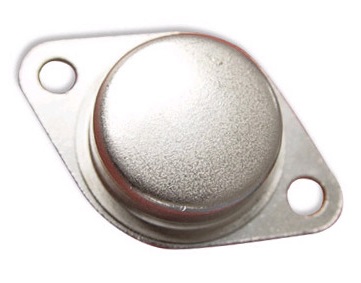
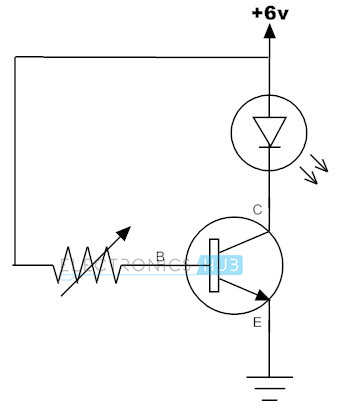
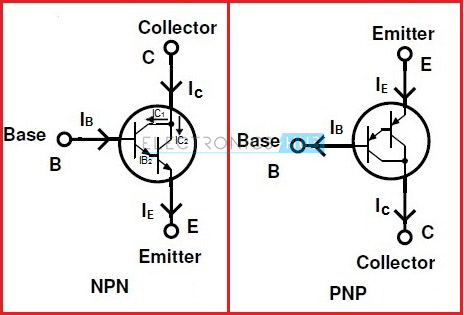
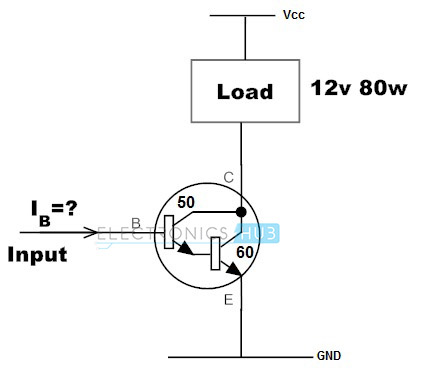
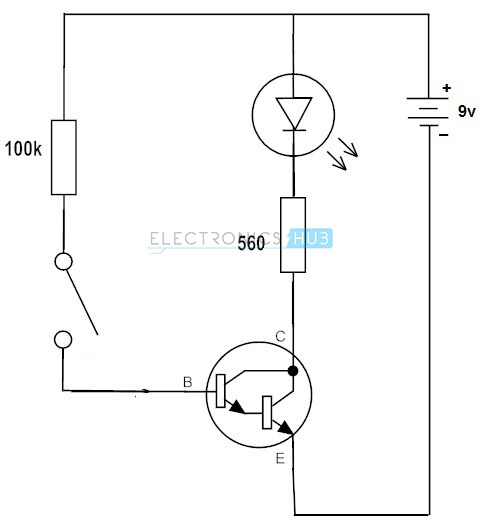
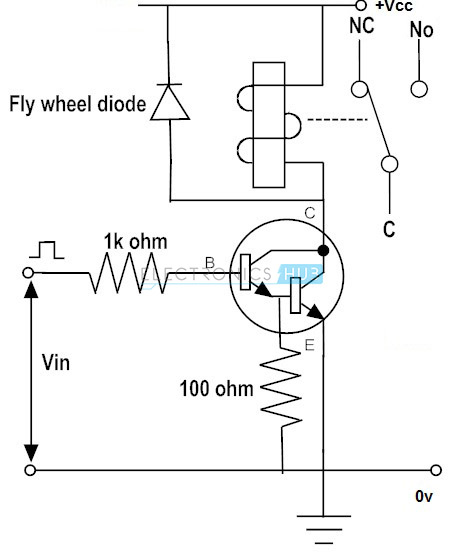
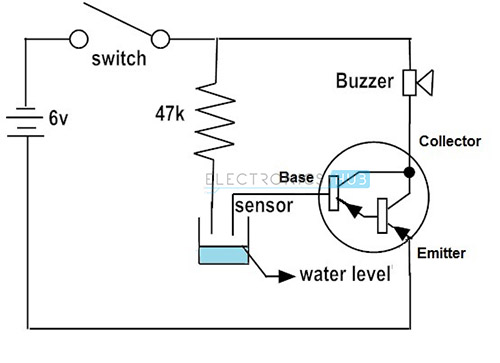
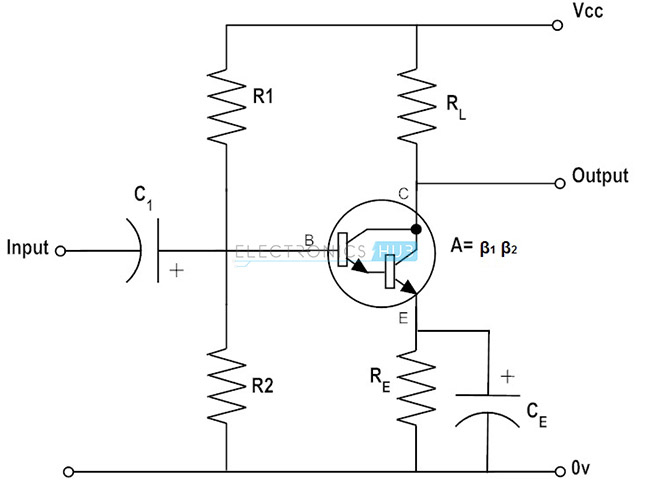


![]()